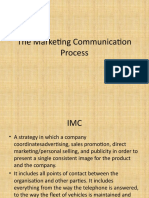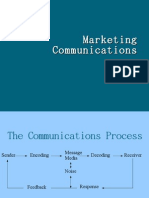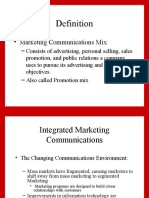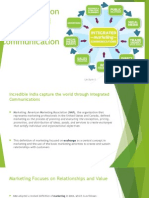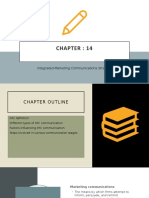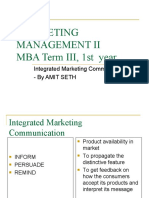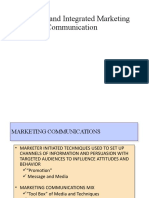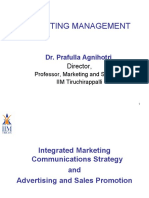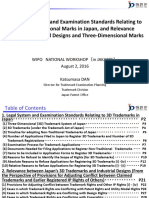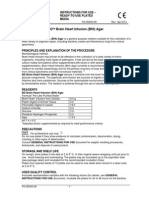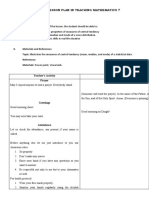0% found this document useful (0 votes)
23 views40 pagesPromotion
The document discusses various marketing promotion mix elements including advertising, sales promotion, public relations, direct marketing and their objectives and tools. It also covers integrated marketing communications process, its elements and steps to develop effective communications.
Uploaded by
poojasuryawanshi0628Copyright
© © All Rights Reserved
We take content rights seriously. If you suspect this is your content, claim it here.
Available Formats
Download as PPTX, PDF, TXT or read online on Scribd
0% found this document useful (0 votes)
23 views40 pagesPromotion
The document discusses various marketing promotion mix elements including advertising, sales promotion, public relations, direct marketing and their objectives and tools. It also covers integrated marketing communications process, its elements and steps to develop effective communications.
Uploaded by
poojasuryawanshi0628Copyright
© © All Rights Reserved
We take content rights seriously. If you suspect this is your content, claim it here.
Available Formats
Download as PPTX, PDF, TXT or read online on Scribd
/ 40












